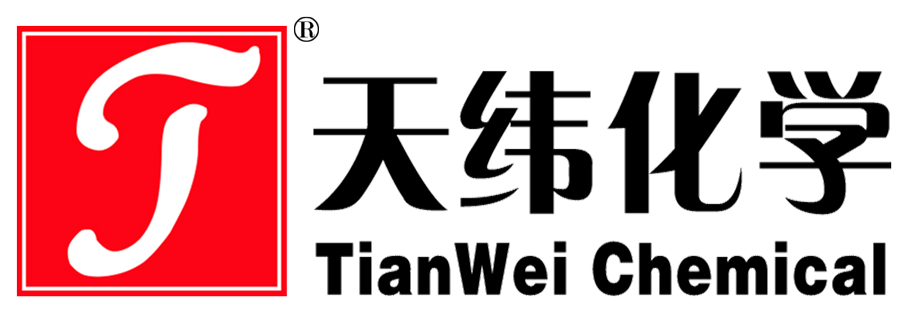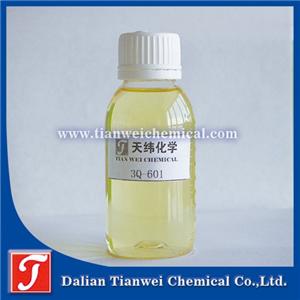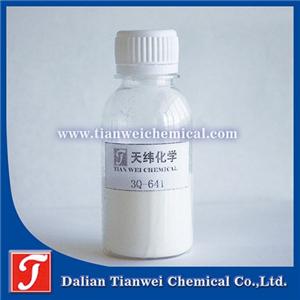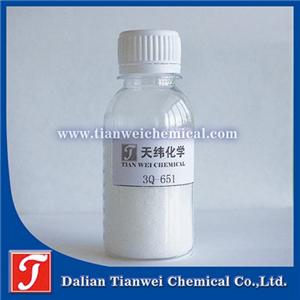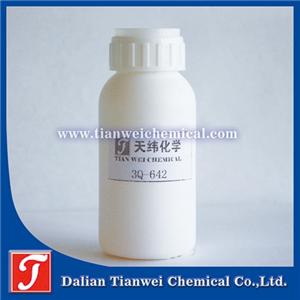Water-based textile sizing antibacterial and antifungal agent, high-temperature resistant, long-lasting and effective
Water-based textile sizing antibacterial and antifungal agents are additives specially designed for water-based textile sizing, aiming to inhibit or kill microorganisms (such as bacteria and mold), prevent fabrics from getting moldy and deteriorating due to microbial growth during production, storage and use, and at the same time extend their service life.
I. Core Features
Highly effective antibacterial and antifungal
It has a broad-spectrum inhibitory effect on common microorganisms such as Staphylococcus aureus, Escherichia coli, Aspergillus Niger, Candida albicans, etc., can block their growth and reproduction, and the antibacterial rate can reach over 99.9%.
Persistence
Through chemical bonding or physical adsorption on the fiber surface, an antibacterial layer that is resistant to water washing is formed, and it remains highly efficient even after multiple washes.
Safety
It complies with international environmental protection standards (such as REACH and RoHS) and does not contain harmful substances like formaldehyde, heavy metals, and aromatic amines.
Low-toxic or non-toxic, with little irritation to the skin, suitable for close-fitting textiles (such as underwear and socks).
Compatibility
It has good compatibility with water-based slurries (such as acrylate, polyvinyl alcohol, starch) and does not affect the viscosity, fluidity and other properties of the slurry.
It is applicable to various processing techniques such as dip rolling, coating and spraying.
Ii. Working Principle
Destroy the cell structure
Cationic antibacterial agents (such as quaternary ammonium salts) combine with the negative charge of microbial cell membranes through positive charges, destroying membrane integrity and causing leakage of cell contents.
After entering the cells, nano-silver ions combine with the sulfhydryl groups of enzymes, inhibiting bacterial metabolism.
Interfere with physiological activities
Organic acid antibacterial agents (such as salicylic acid) inhibit the activity of microbial enzymes by lowering the pH value.
Biological enzyme antibacterial agents break down the cell walls of bacteria to achieve targeted sterilization.
Block the source of nutrients
Some antibacterial agents indirectly achieve mite prevention by inhibiting mold growth and cutting off the food chain of dust mites.
Iii. Application Scenarios
Textile production
Pre-processing stage: Add antibacterial agents to the slurry to prevent the yarn from getting moldy during weaving and dyeing.
Post-treatment stage: Through padding and coating processes, the finished fabric is endowed with antibacterial functions.
Applicable categories: sports shoe materials, underwear, socks, bed sheets, curtains, carpets, etc.
Extension in other fields
Building materials: Added to paints and putty powder to prevent wall mold.
Leather products: Inhibit mold growth and extend the service life of leather.
Plastic products: Used for antibacterial treatment of materials such as non-woven fabrics and umbrellas
